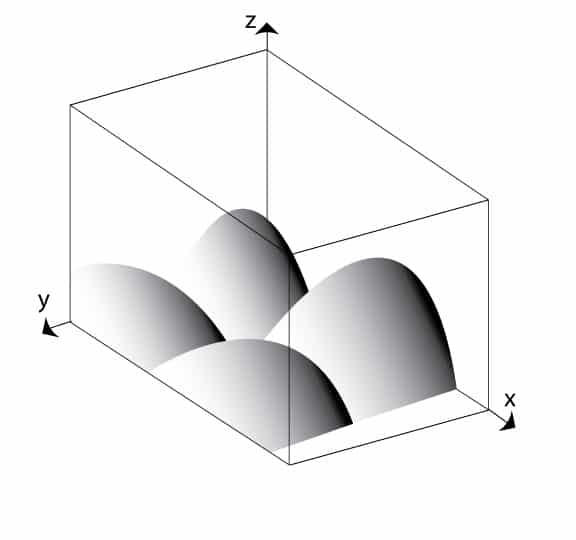
If you are in pursuit of acoustic reverberation control, there are some important measurements and…
Dennis FoleyJune 25, 2014

Barrier technology is all about noise. It is about keeping the "noise" inside our music…
Dennis FoleyJune 18, 2014

There is much talk about egg cartons and whether they have any acoustic value that…
Dennis FoleyJune 11, 2014

Sound velocity is about the movement of sound through the air. Sound pressure is the…
Dennis FoleyJune 4, 2014

Ever heard the term “Room Resonances” or Room Nodes and wondered what they referred to?…
Dennis FoleyMay 28, 2014

Today we’re going to talk about the difference between sound redirection and sound diffusion. There…
Dennis FoleyMay 28, 2014
Home studio acoustic treatment can be a blessing and a curse. You can build your…
Dennis FoleyMay 21, 2014

Fossil Studios is a London based recording studio that has all the acoustic distortions found…
Dennis FoleyMay 14, 2014



